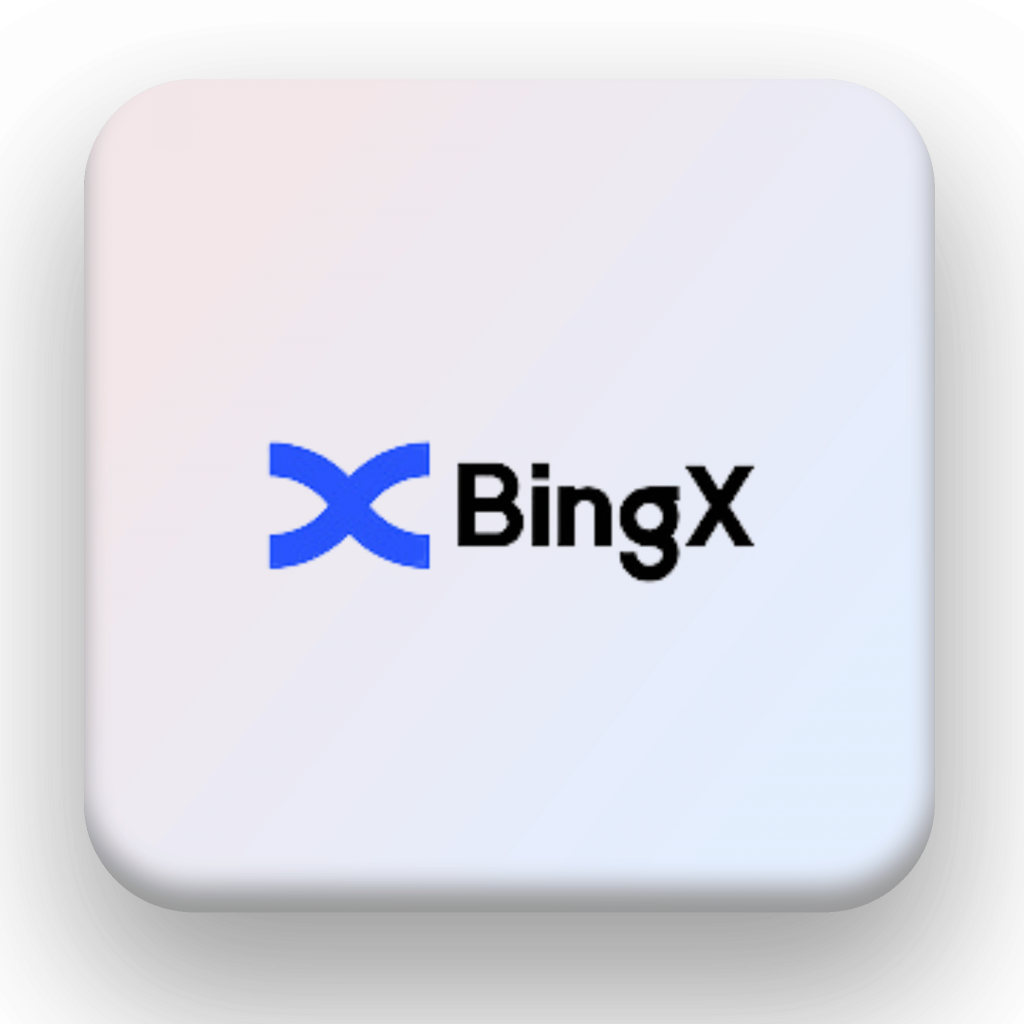Home / CRYPTOCURRENCY TRADING / ACCOUNTS AND DEPOSIT IN CRYPTOCURRENCY

Accounts and Deposit in Cryptocurrency:
A Comprehensive Guide
In the rapidly evolving world of cryptocurrency trading, understanding the mechanisms of crypto accounts and the deposit process is crucial for both beginners and experienced traders.
As cryptocurrencies become increasingly popular as an alternative investment asset, the way you manage your funds and conduct deposits can significantly impact your trading experience. In this guide, we’ll walk you through the essentials of opening a cryptocurrency account, making deposits, and understanding the risks and benefits associated with the process.
1. What is a Cryptocurrency Account?
A cryptocurrency account functions similarly to a traditional bank account, but instead of managing fiat currencies like dollars or euros, it allows you to store, buy, sell, and trade digital assets like Bitcoin (BTC), Ethereum (ETH), and other altcoins. Cryptocurrency accounts can be divided into two main types: hot wallets and cold wallets.
Hot Wallets (Online Wallets)
Hot wallets are cryptocurrency wallets that are connected to the internet. They are used for regular transactions and trading on exchanges. Hot wallets are more convenient but also more vulnerable to hacking.
- Example: Coinbase, Binance, and Kraken provide hot wallets for users to store their crypto assets securely.
- Pros: Quick access to assets, easy to use for trading.
- Cons: Higher risk of hacking, less secure than cold wallets.
Cold Wallets (Offline Wallets)
Cold wallets are cryptocurrency storage methods that are not connected to the internet. These are considered the most secure way to store crypto assets for long-term holding.
- Example: Hardware wallets like Ledger or Trezor.
- Pros: Increased security from hacks, ideal for long-term storage.
- Cons: Less convenient for frequent trading, can be lost or damaged.
2. How to Open a Cryptocurrency Account
Opening a cryptocurrency account involves selecting an exchange, creating an account, and securing your funds. Below is a breakdown of the process:
Step 1: Choose a Cryptocurrency Exchange
The first step is to select a reputable cryptocurrency exchange. Some of the most popular and reliable platforms include:
- Coinbase: Ideal for beginners with a user-friendly interface.
- Binance: Offers a wide range of cryptocurrencies and advanced trading tools.
- Kraken: Known for its security features and low fees.
Step 2: Create an Account
Creating an account involves providing basic information like your name, email address, and phone number.
Depending on the exchange, you might also need to go through a Know Your Customer (KYC) verification process, which could require uploading identification documents.
- KYC Process: A regulatory requirement to prevent money laundering and fraud.
Step 3: Secure Your Account
To protect your funds, make sure to enable two-factor authentication (2FA), which adds an additional layer of security.
This could be in the form of an authentication app (e.g., Google Authenticator) or an SMS code.
- Security Tip: Always use strong, unique passwords and avoid using public Wi-Fi for accessing your accounts.
Binance is a leading global cryptocurrency exchange known for its wide range of trading pairs, low fees, and advanced features for both beginners and professionals.
Coinbase is a popular and user-friendly cryptocurrency exchange that offers secure and easy access to buying, selling, and storing digital assets.
Kraken is a well-established cryptocurrency exchange offering a secure platform with a wide selection of coins and advanced trading tools for all types of traders.
KuCoin is a global crypto exchange providing a wide variety of altcoins, advanced trading features, and competitive fees for users worldwide.
BingX is a global cryptocurrency exchange that offers spot and derivative trading with an intuitive interface and a focus on social trading.
Huobi Global is a leading cryptocurrency exchange that offers a wide range of digital assets and advanced trading tools with a focus on security and liquidity.
OKX is a comprehensive digital asset exchange that provides advanced features like margin trading, futures, and DeFi services with low fees.
Bybit is a popular exchange known for its leveraged trading options and advanced charting tools, tailored for professional cryptocurrency traders.
Gate.io is a global cryptocurrency exchange that offers a wide range of coins, low trading fees, and features like margin and futures trading.
Bitget is a global crypto exchange offering futures and spot trading with an emphasis on user-friendly features and high liquidity.
3. Depositing Funds into Your Crypto Account
Once you have an active account, the next step is to deposit funds so you can begin trading cryptocurrencies. There are several methods available for depositing fiat money (e.g., USD, EUR) or other cryptocurrencies.
Depositing Fiat Currency into Crypto Accounts
Depositing traditional fiat currency into a cryptocurrency account can be done using several methods:
- Bank Transfers: This is the most common method for depositing large sums of money. Bank transfers are secure but may take several days to process.
- Example: A wire transfer from your bank to the crypto exchange account may take 1-3 business days.
- Credit/Debit Cards: Many exchanges allow deposits via credit or debit cards. This method is faster but often comes with higher fees (3-5% per transaction).
- Example: Coinbase supports credit card deposits, making it easy for users to purchase cryptocurrency quickly.
- PayPal: Some platforms also accept PayPal for deposit. While convenient, this method may incur higher fees and has lower withdrawal limits.
Depositing Cryptocurrency into Your Account
If you already own cryptocurrencies and wish to deposit them into your exchange account, the process is straightforward:
- Step 1: Find your exchange’s deposit address for the specific cryptocurrency you want to send.
- Step 2: Transfer the cryptocurrency from your personal wallet to the exchange’s wallet.
- Example: If you’re depositing Bitcoin (BTC), copy the BTC deposit address from your exchange and paste it into your wallet’s send section.
- Step 3: Wait for the transaction to be confirmed on the blockchain. Depending on the network congestion, this may take anywhere from 10 minutes to 1 hour.
4. Fees Associated with Deposits
Whether depositing fiat or cryptocurrency, you should always be aware of the associated fees. Here’s a quick breakdown of common deposit fees:
| Deposit Method | Fee Type | Average Fee Rate |
|---|---|---|
| Bank Transfer | Flat or Percentage Fee | $0 to $30 (depending on the bank) |
| Credit/Debit Card | Transaction Fee | 3% to 5% of the transaction amount |
| PayPal | Service Fee | 2.9% + $0.30 per transaction |
| Cryptocurrency | Network Fee | Varies (can range from $0.01 to $50 depending on blockchain congestion) |
- Tip: Always check the current deposit fees on your chosen exchange, as these can fluctuate depending on the network and exchange policies.
5. Security Considerations When Depositing Cryptocurrency
Crypto deposits are irreversible, so it’s essential to exercise caution during the deposit process.
Here are some key security tips:
- Double-check deposit addresses: Ensure that the deposit address you are sending to is accurate. Cryptocurrency transactions are irreversible, and sending to the wrong address can result in permanent loss of funds.
- Use reputable exchanges: Always use exchanges with robust security measures, including encryption and 2FA.
- Monitor your account activity: Regularly check your account for any unauthorized activities, especially after making a deposit.
6. Global Trends in Cryptocurrency Deposits
The global adoption of cryptocurrencies has led to an increase in deposit methods, as more platforms compete to provide convenience and flexibility. According to recent data:
- As of 2023, 70% of crypto traders use bank transfers as their primary deposit method, while 25% prefer using credit/debit cards.
- Cryptocurrency deposits are rising, with an increasing number of traders preferring to deposit digital assets directly into their accounts to avoid conversion fees associated with fiat currencies.
7. Conclusion: Navigating Accounts and Deposits in Cryptocurrency
Understanding the different types of cryptocurrency accounts and the deposit process is key to maximizing your trading efficiency and minimizing risks.
Whether you are a beginner or an experienced trader, selecting the right exchange, using secure deposit methods, and staying informed about fees and security measures will help you make smarter decisions in the crypto market.
As the cryptocurrency landscape continues to evolve, staying up-to-date on new deposit options and regulations is essential for maintaining a smooth trading experience.

Author: Alex Turner
Expert in Cryptocurrency Markets & Blockchain Technology
Alex Turner is a seasoned cryptocurrency expert with over 8 years of experience in the digital asset industry.
As a senior market analyst and cryptocurrency strategist, Alex has worked with several leading blockchain companies and financial institutions to develop market insights, trading strategies, and risk management frameworks.












